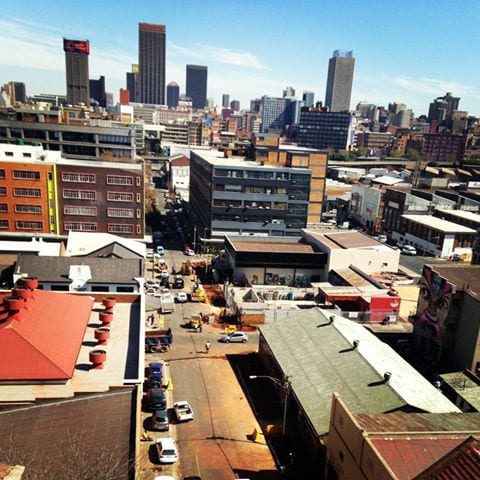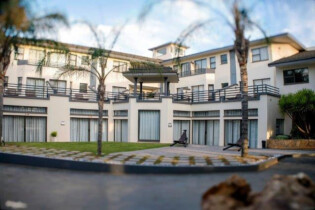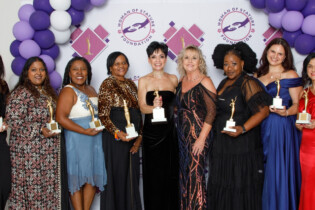Now proudly taking its place as Africa’s second largest city, there is always something new to get excited about in Joburg, which is growing at an unprecedented rate – constantly and continuously transforming itself. This extraordinary city is seen not only as the economic hub of the Continent, but also as offering a plethora of cultural, leisure, sporting, fashion and lifestyle activities that is fast making it the leading destination for both leisure and business tourists.
The past 20 years have been especially exciting for the burgeoning and subsequent boom of the tourism industry and there’s no indication that things will be slowing down any time soon!
FASTEST GROWING CITIES
The figures bear this out. According to the third annual MasterCard Global Destination Cities Index released in June 2013, Johannesburg is set to be the most popular destination in Africa, with a projected 2.54 million international visitors expected to visit the city in 2013.
Despite a marginal 5.5% increase in the number of international visitors from 2012, Johannesburg’s substantial 53.6% growth in international visitors from 2009 to 2013 has propelled it into the Index’s top 20 fastest growing cities globally.
Johannesburg also comes out tops in Africa in terms of international visitor spending, with US$2.7 billion estimated to be injected into the city during 2013, a slight increase (1%) on 2012’s expenditure.
While a vast number of these visitors arrive for business reasons or events, ever increasing numbers are staying to sample and experience Joburg’s fascinatingly diverse, urban tourism and lifestyle scene.
THINGS TO DO
Although only 128 years old, Joburg boasts layer upon layer of interesting, arts, culture and heritage – from its ancient palaentological and anthropological history to its farming, Boer War and mining boomtown past, and of course, not forgetting its significance in the more recent struggle history.
The development of the tourism scene in Joburg over the past twenty years has seen a dramatic increase in the number of precincts, museums and attractions to highlight the city’s fascinating story, developed by both the public and private sectors.
Vilakazi Street in Soweto, the Maboneng Precinct to the east of the CBD, as well as Braamfontein further north, are just some of the lively neighbourhoods and precincts which have come into their own over the past decade or more.
Myriads of outstanding new heritage sites have been brought into being include the Origins Centre at Wits, the Apartheid Museum at Gold Reef City, the award-winning Liliesleaf Farm, the Hector Pietersen and Chancellor House Museums and the epic Constitution Hill complex, home to South Africa’s Constitutional Court.
These are just the tip of the iceberg and a number of routes have been developed to take in the City’s diversity in terms of themes and attractions, including arts, cuisine, Indian and Chinese heritage, adventure and nature.
Johannesburg is increasingly being perceived in the global community as a destination of choice for investment, commerce and tourism. An international survey of perceptions about the world’s 50 premier cities shows a significant improvement in perceptions about the City.
The 2013 Anholt-GfK Roper City Brand Index is now ranking Johannesburg in 44th position, from a 45th ranking. However, the City has shown the second biggest improvement in perceptions among the 5 000 people in 10 developed and developing countries who participated in the survey.







